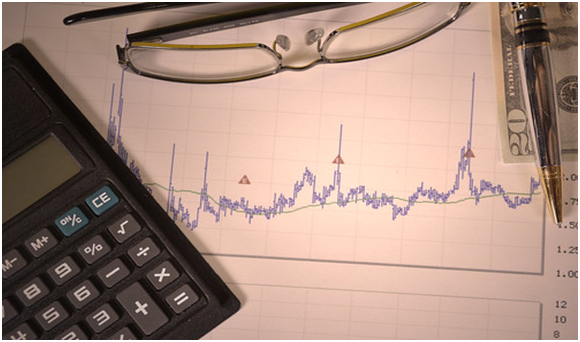Anyone interested in commodities trading knows that it is not as popular in the public mindset as other, trendier, choices like stocks, bonds, indices, forex, and some others. However, it’s important to note that there are a couple of commodities that defy this traditional behavior pattern, namely crude oil and gold bullion. But, outside of those rare exceptions to the general rule, you won’t find millions of investors beating a path to the door of the commodities exchanges.
On the surface, one would think that traders would be interested in anything that can fetch them a solid chance at profit, like the hard and soft commodities, natural resources and livestock/agricultural assets, respectively. These non-glamorous selections can help educated, patient, careful traders earn substantial profits. So, what should wise investors do if they want to take advantage of these underappreciated opportunities and try and earn some extra money to build up a future nest egg? Invest in them, of course. But how and why to take part in commodities trading are the key questions.

How to Trade Online
The first step is to find an online broker that offers all the features that make sense for your style of doing business. You’ll need to fill out an application and obtain approval in some jurisdictions in order to take part in buying and selling of commodities. That’s because of the very low margin requirements and the fact that you really do need to study and understand how the commodity markets operate before taking part. Finally, you have to fund your account. It helps immensely to take advantage of a trading simulator. Sims are an effective way to learn how to place orders, observe price movements in real time, and create safe exit strategies in case prices go against you.
Why Commodities Make Sense?
There are all sorts of reasons that experienced traders opt for this sector of the market. What are the specific benefits they get? Here are a few:
- Inflation hedge: It’s not a 100 percent guarantee, but in the majority of situations, when the inflation rate rises, the price of commodities also rises. Why? Because real assets become more attractive to people when the general price level in an economy is rising. Anyone who wants to keep at least a portion of their portfolio as an inflation hedge can usually do well by owning soft or hard commodity goods.
- Potentially high profit margins: Price swings in this segment of the market tend to be higher than in the equities sphere. In other words, you are susceptible to both ups and downs when you own something like corn, cattle, or wheat. That’s just one of the reasons it’s imperative for investors of all experience levels to keep a constant eye on price changes throughout the day. Values can move fast and far on any given asset position.
- Diversification: Holding equities in a portfolio is fine, as long as that’s not the only type of asset in the account. Diversifying means having at least two kinds of holdings. Lots of experienced traders prefer to have a balance of stocks and commodities in their portfolios. That way, they have not only a hedge against inflation, but the chance to offset losses in one category by gains in another.
- Transparency: Because hard and soft asset markets are heavily traded by millions of people all over the world, pricing and trade statistics are extremely transparent. You always know the exact price, spread, and potential profit when you lock in a position and set an exit price. In fact, spreads tend to be low in the commodity realm because there are so many buyers and sellers. That fact also makes for a highly liquid scenario.
- Ownership of a real asset: For the same reason that some folks prefer to own gold and silver bullion rather than share certificates in a mining company, others prefer to buy and sell a commodity asset rather than buy and sell a percentage of ownership in a corporation. Stock shares, bonds, and even gold-mine stock are not real assets. Coal, nickel, wheat, and soybeans are real, and they carry inherent value that cannot be deleted by any artificial government or exchange action.
- Low margin requirements: Compared to the traditional securities markets, the hard and soft commodity exchanges require low margins, typically in the 5 to 10 percent range. That means a typical participant might have to put up just a small fraction of the total value of the asset, wheat for instance, when placing an order.

